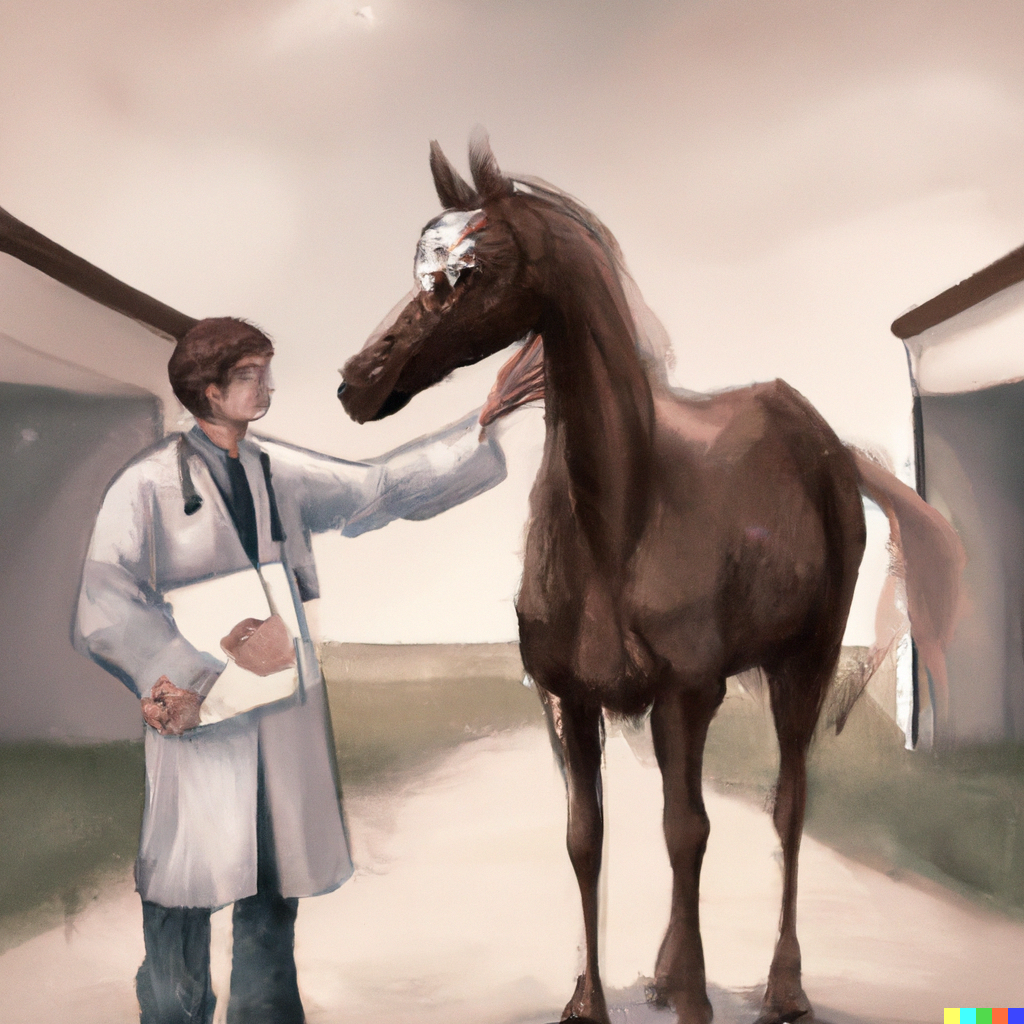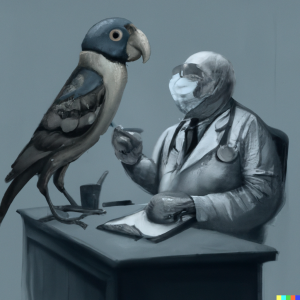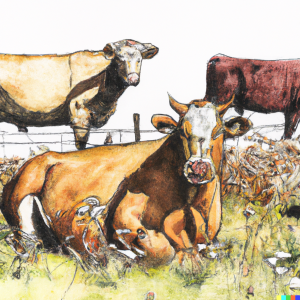
Strangles in Horses: Understanding the Disease and its Public Health Implications
Strangles, or “equine distemper,” is a highly contagious bacterial infection that primarily affects horses. Caused by Streptococcus equi subspecies equi, strangles are notorious within the equine community. But what does this disease mean for the wider public? This article sheds light on Strangles, its connection to horses, and the broader health implications everyone should know.
What is Strangles?
Strangles is an infectious disease that manifests as swelling and abscess formation in the lymph nodes, especially around the throat. The disease’s name, “strangles,” is derived from the severe swelling that can constrict the airway, leading to respiratory distress. Symptoms often include fever, difficulty swallowing, nasal discharge, and coughing.
How is it transmitted?

Horses get infected with Strangles mainly through direct contact with infected horses or indirectly through contaminated equipment, water, food, handlers’ hands, or airborne means. Once infected, a horse can spread the bacteria for several weeks, making it imperative to isolate affected animals.
Public Health Implications
- Zoonotic Potential: Although Strangles primarily affects horses, there’s a related bacterium, Streptococcus equi subspecies zooepidemicus, which can occasionally infect humans, particularly those with close contact with infected horses. Practicing good hygiene and taking precautions when dealing with sick animals is essential.
- Economic Impact: Outbreaks can lead to event cancellations, quarantine measures, and significant veterinary expenses, affecting the equine industry.
- Biosecurity Measures: An outbreak necessitates strict biosecurity measures, including horse travel restrictions. It’s not just an equine health concern; it’s a logistical challenge for horse owners, vets, and event organizers.
- Vaccination: Although a vaccine is available, it’s not 100% effective. Public awareness about the disease and the importance of early detection can help control its spread.
- Responsible Horse Ownership: Owners need to be vigilant about their horse’s health, ensuring regular check-ups, timely vaccinations, and practicing good hygiene to prevent the spread of diseases like Strangles.
Conclusion
Strangles is more than just an equine health issue. Its repercussions ripple outwards, affecting the broader community in terms of health and economic implications. Public awareness and strict biosecurity measures can help mitigate its impact, ensuring a safer environment for horses and humans.



